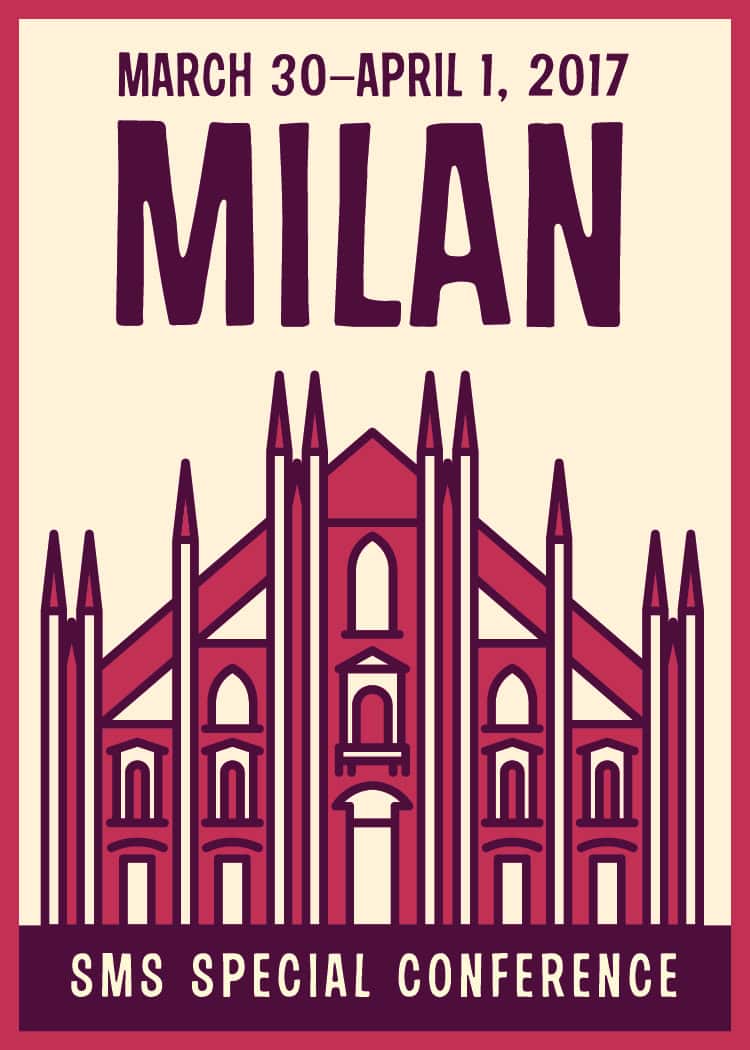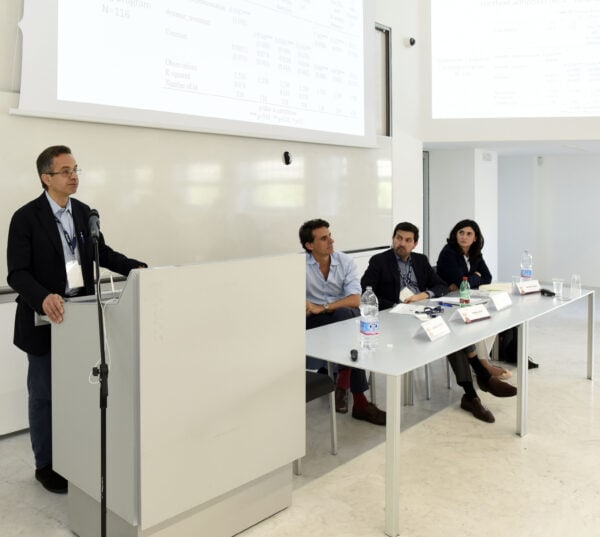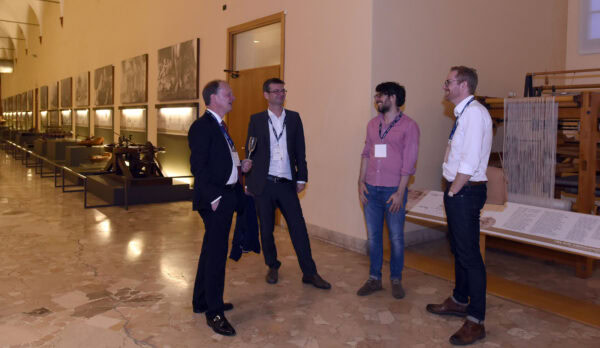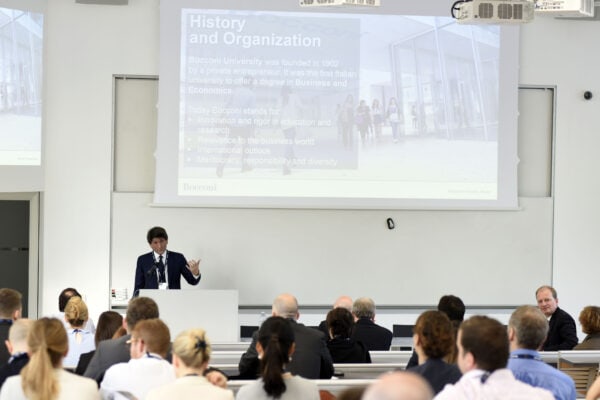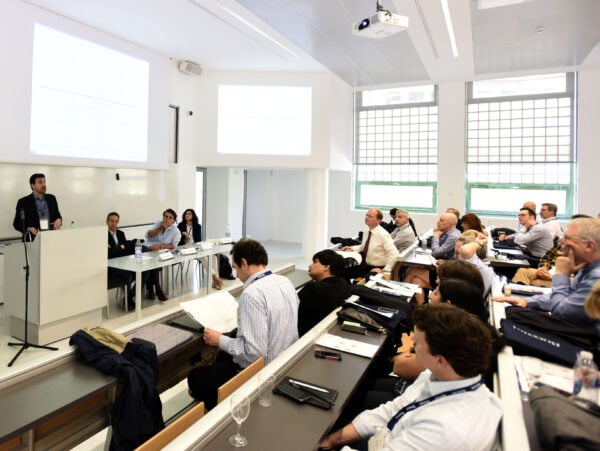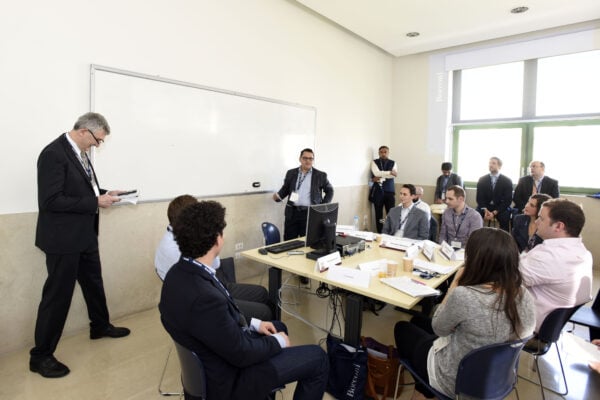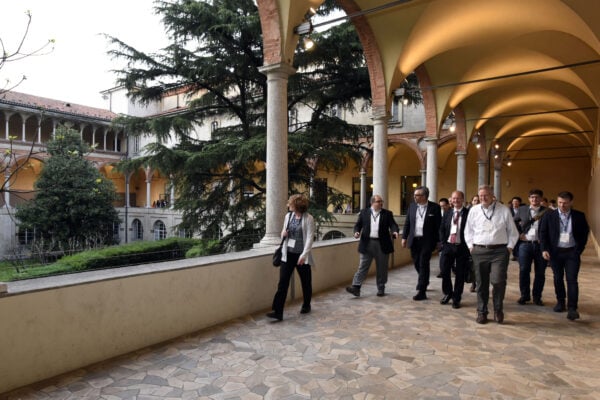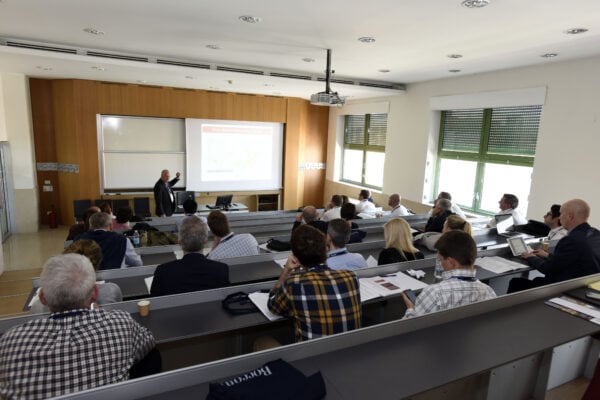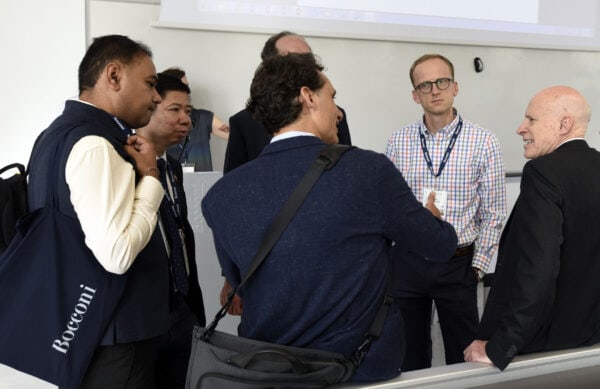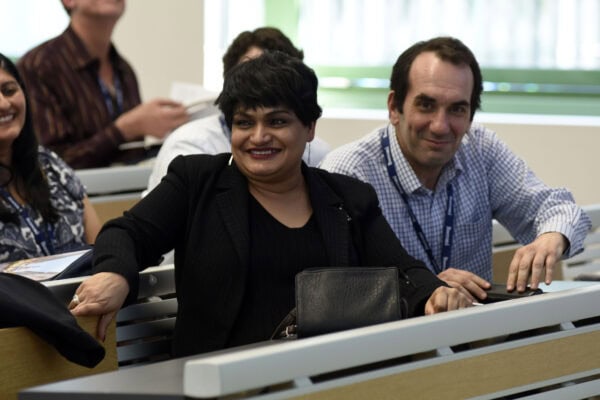Strategic Human Capital, Management Practices and Performance
A key theme in strategic management research is explaining performance outcomes in terms of resource characteristics. However, in spite of many advances in our understanding of how resources and capabilities contribute to firm performance, our current understanding of the resources-performance links contains many gaps, particularly concerning the role for performance of human resources, management practices (notably HR practices), and their interaction. While firm performance has been studied for decades in strategy research and economics, our understanding of how many factors internal to firms drive performance remains incomplete.
Firms may be heterogeneous in terms of how well they do things (the activities and processes firms implement and the support of these in the human capital of the firm’s employees), and in terms of how they do things (e.g., choices they make with respect to management practices and organizational design). Research indicates that both types of heterogeneity are persistent and are likely to be related. However, how human capital (the skill, training, experience, etc. of organizational members) and management practices and design (choices about organizational structure and control) influence firm performance remain ill-understood. The same may be said (more strongly) of the interaction of such choices with respect to influencing performance. And yet, the hiring, training, and rewarding of human capital and the structuring of work tasks and activities and the allocation of authority seem to be key levers that managers can pull to improve the performance of the firms they manage.
A number of recent developments in the strategy and economics fields make it pertinent to address human capital and organization design as drivers of firm performance in the context of a SMS Special Conference:
- The increased emphasis on microfoundations in strategy research has emphasized the need to decompose notions of “capabilities” and other macro constructs in terms of human capital, behaviors and organizational and management processes and structures.
- Human capital has become prominent in recent strategy research under the heading of “strategic human capital”.
- Empirical economists have increasingly begun to examine the distribution of performance outcomes in industries (in particular, various productivity measures) and its determinants.
- Organization design which was a major research theme in the 1960s and 1970s has made a strong comeback on the research scene in management. In economics, organizational economics, which speaks to organization design issues from an econ perspective, has been become increasingly relevant to the concerns of (strategic) management scholars. An interesting sub-field in both management and economics is experimental inquiry into the effects on individual behaviors of organization design.
- Advances in (insider) econometrics and in survey methods in economics have stressed fine-grained measurement (at the employee level) in a way that improves the credibility of causal inference and construct validity, respectively.
- There has been an increasing use of micro-level register data in management research and economics. Employee-level data on age, education, job history, and so on make it increasingly realistic to obtain fine-grained measures of firm-level human capital profiles.
The purpose of this SMS Special Conference is to identify, discuss and grapple with these issues, so as to make substantive progress in our understanding of the relations between human capital, management practices, and firm performance.
In addition to strategic management scholars, the conference will appeal to a number of other groups of scholars, in particular strategic HRM scholars, HR scholars, organizational economists, empirical economists who work on the causes of productivity dispersion, and organization theorists. Thus, the reach of the planned special conference is somewhat broader than the usual SMS special conference.
New Dialogs: Crossing the many great divides
Value-creation and capture: How does taking human capital and organization design into account further our understanding of key strategy issues, notably the causes of performance differences? For example, what are the links between organizational design, risk-taking in innovation, and firm growth? How does organizational structure support dynamic capabilities? How do firms’ human capital profiles help to explain widely divergent productivity within industries. What determines variation in value appropriated by human capital across firms?
Disciplinary convergence: Strategic management and economics seem to be converging as economists express greater interest in inter-industry performance dispersal, while strategy scholars increasingly borrow methods and modeling approaches from economics. How can we stimulate a fruitful dialogue between strategy scholars and economists?
Micro, macro, and other chasms: A traditional divide in management research is between micro and macro perspectives. To what extent do fields such as organizational behavior and human resource management offer useful insight into the understanding of how human capital and management practices contribute to performance?
Modeling and aggregation: Modeling human capital and organization design and how they contribute to performance involve complicated multilevel issues. What are the useful modeling approaches “out there”? For example, simulation methods may allow the analyst to deal with the interaction of different kind of human capital in an (possibly changing) organizational setting.
Empirical research issues: Research on human capital and management practices offers several empirical challenges. What are the alternatives to collecting costly multilevel data? How can we develop valid scales to measure organizational design (including new organizational forms)? Can experimental approaches help us explore links between management practices and performance?
CONFERENCE SPONSORS

